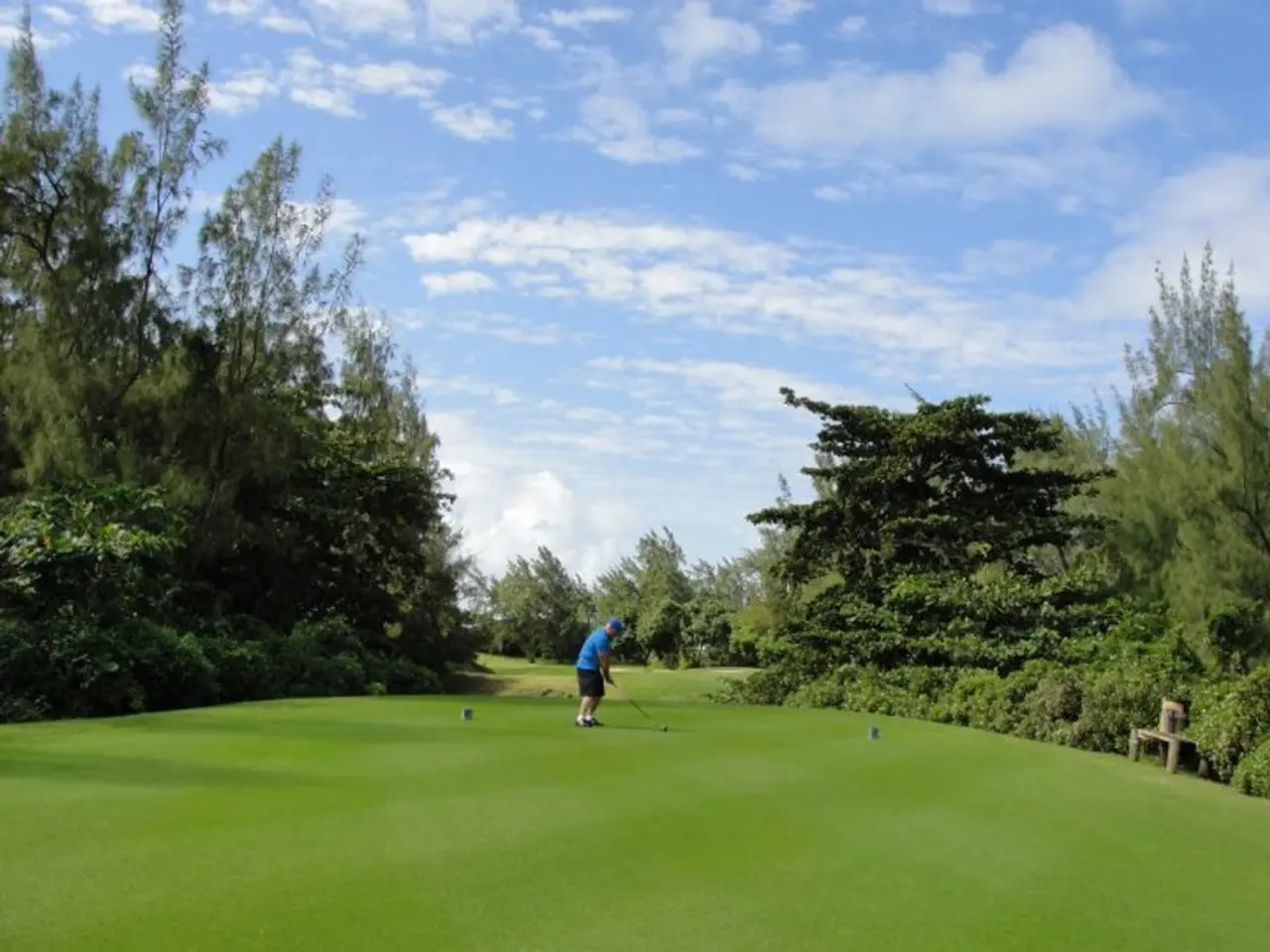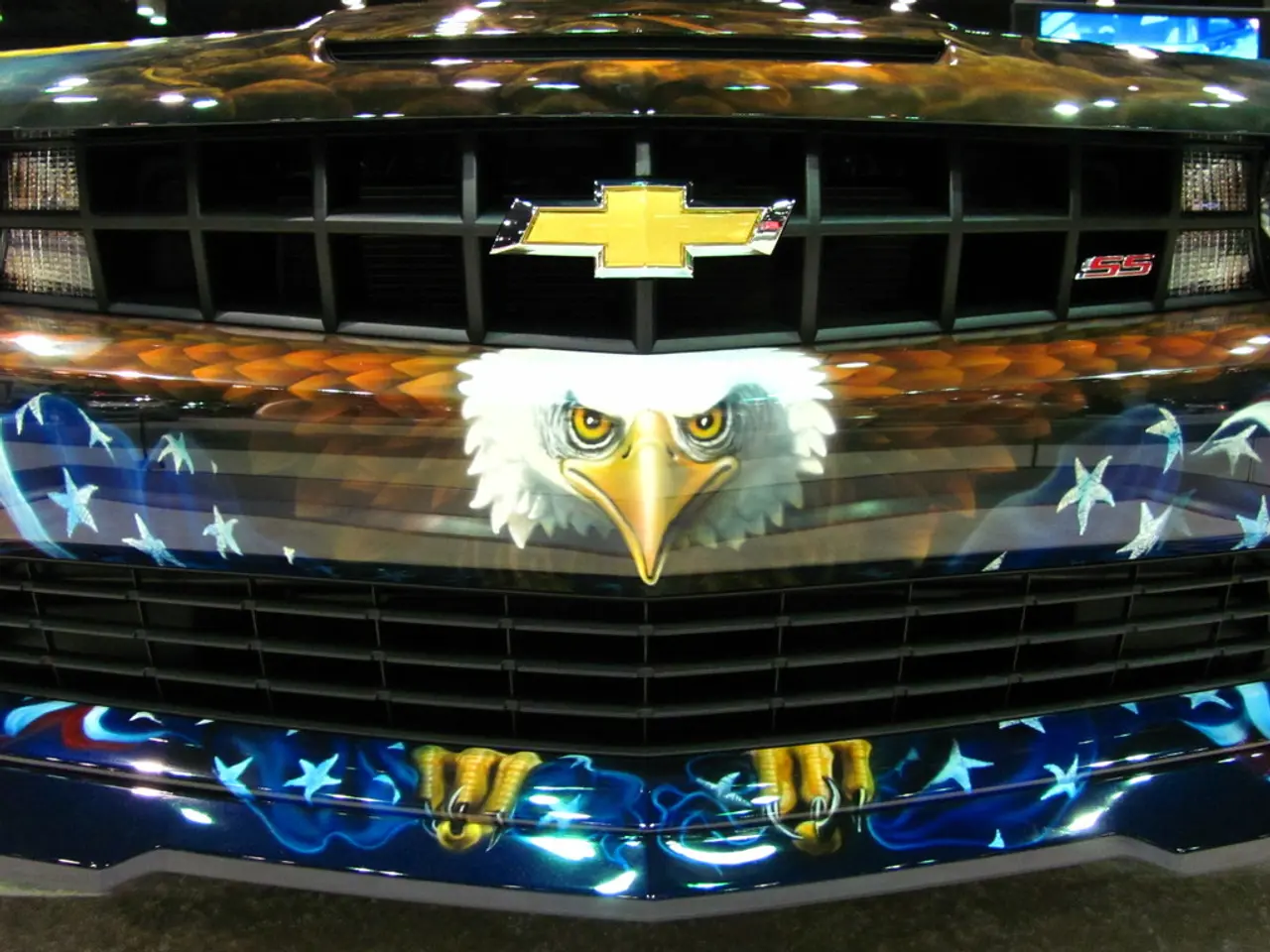Frequency of Golf Club Upgrades: A Breakdown
In the world of golf, the game is as much about the equipment as it is about the swing. But when should you consider upgrading your clubs to take advantage of the latest technology and improve your performance on the course?
For the average 15-handicap player who plays once a week, a guideline for upgrading is: Driver - Every 4 years, Fairways - Every 4 years, Irons - Every 7 years, Wedges - Every 2-3 years, Putter - Personal choice. However, these guidelines can vary depending on factors such as skill level, frequency of play, and the condition of the clubs.
As a golfer improves, moving to a custom-fit game improving set, from driver to wedges, can help improve performance. Technological advancements offer improved yards and consistency, making it advisable to upgrade outdated equipment. For instance, today's irons have significant advances in weight placement and aerodynamics, making them superior to previous decades' models.
As a golfer approaches the single-figure level, they might want to upgrade to more precise equipment with slightly stiffer shafts for better control. Falling out of love with any club in the bag could indicate the need for an upgrade. Wedges should be upgraded more frequently than other irons due to their frequent use and the impact of groove wear on shot spin.
New golfers should consider a relatively cost-effective option for their equipment, while mid to high handicappers should look for playable, forgiving woods and irons that produce a nice high flight. Regular golfers could potentially gain an edge with a new driver or putter, as technology in golf equipment has advanced since 2004, and modern drivers and fairway woods outperform older models.
In practice, beginners often start with lower-cost, forgiving game-improvement sets and then upgrade as they improve. Mid to high handicappers benefit from forgiving woods and irons. As players near a single-digit handicap, upgrading to more precise equipment with stiffer shafts may be advantageous.
However, finances will play a role in deciding when to change golf clubs. Loss of distance with age can impact accuracy, and upgrading to more forgiving shafts can help maintain performance. Regular golfers may benefit from upgrading their gear more frequently due to the impact on their performance. Worn-out clubs, particularly wedges, should be upgraded for improved performance.
In conclusion, while loyalty to a favourite club exists, most golfers find benefit in systematic upgrades aligned with skill progression and equipment condition. Getting custom-fitted clubs, especially after improvement or physical changes, optimizes performance and should factor into upgrade decisions. Thus, golfers should assess their skill improvement, club condition, and technological changes to time their upgrades effectively.
An interesting anecdote to note is Jack Nicklaus, known as the 'Golden Bear', used the same MacGregor 693 3-wood for 37 years and in all 18 of his Major Championship victories. But for the rest of us mortals, upgrading our clubs strategically can significantly improve our game.
A golfer moving towards the single-figure level may want to consider upgrading to more precise equipment with slightly stiffer shafts for better control, as technological advancements offer improved yards and consistency. Worn-out clubs, particularly wedges, should be upgraded for improved performance, as their frequent use and the impact of groove wear on shot spin can negatively affect gameplay.








